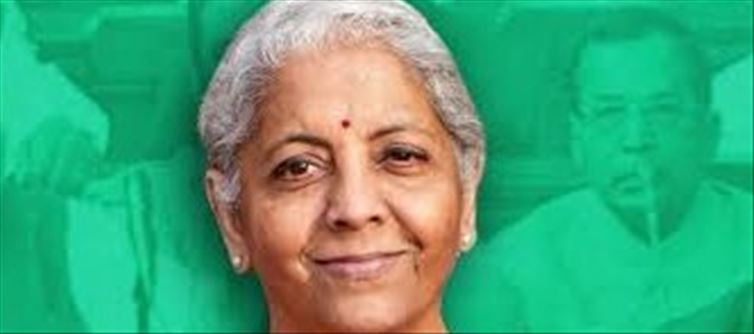
The annual indian budget has long been heralded as a tool for economic transformation, aiming to provide solutions for poverty, inequality, and social upliftment. But, as much as politicians and policymakers claim that the budget reflects a fair and inclusive vision for the nation, a deeper analysis exposes a disturbing reality: the indian budget continues to reveal an underlying caste bias, leaving Dalits and Adivasis marginalized and overlooked.
Tokenistic Allocations and Empty Promises
Every year, the indian government boasts of various welfare schemes and allocations specifically targeting Dalits (Scheduled Castes) and Adivasis (Scheduled Tribes). But let's be honest — these measures are often nothing more than token gestures designed to appease criticism. The budget frequently earmarks funds for these communities, but the actual implementation on the ground remains dismal. Allocations look good on paper but hardly make a significant impact. The result? Poverty continues to disproportionately affect Dalits and Adivasis, with little to show for the government’s promises.
The Power of Caste and Inequality
While the budget may present itself as neutral and inclusive, the glaring truth is that caste-based inequalities are deeply ingrained in the socio-economic fabric of India, and the budget hardly addresses these realities. The lack of adequate representation of Dalits and Adivasis in the decision-making process means that their voices are absent when key policies are shaped. Moreover, caste-based discrimination manifests in the lack of equitable resource distribution, education, healthcare, and employment opportunities for these communities.
The government's repeated failure to break down caste barriers means that Dalits and Adivasis are often left to fend for themselves. Resources intended for them are siphoned off by those in power, and the bureaucratic machinery that should benefit these communities often ends up reinforcing their marginalization.
Beyond Numbers: Structural Exclusion
It's not just about the lack of adequate budgetary allocations — it's about the structural exclusion that persists despite the numbers. The budgets often fail to account for the complexities of caste-based discrimination. Dalit and Adivasi communities face unique challenges that the mainstream budget does not take into consideration. Issues like land alienation, caste-based violence, forced labor, and discrimination in education and healthcare require targeted interventions that the indian budget fails to recognize meaningfully.
Moreover, the budget's focus tends to be on grand projects that cater to urban elites while ignoring the grassroots realities of marginalized communities. For instance, while large infrastructure projects may be allocated significant funds, these projects do not necessarily reach or benefit Dalits and Adivasis in rural areas. The urban-centric bias in the budget perpetuates a cycle where the already privileged continue to thrive, while those at the bottom — specifically Dalits and Adivasis — are left out.
The Illusion of Progress
India prides itself on being a progressive democracy, yet its budget reveals a grim reality. The nation’s economic policies, which should promote social justice and upliftment for all citizens, often perpetuate the very inequalities they seek to erase. While we see statistics and graphs showing marginal improvements in poverty rates and literacy levels, Dalits and Adivasis remain at the bottom of every economic indicator. These communities remain stuck in a cycle of exclusion that the budget consistently fails to address comprehensively.
In this way, the indian budget is more about optics than real change. Politicians want to show that they care about marginalized communities, but when it comes to policy changes that truly empower Dalits and Adivasis, they fall short. They speak of equality, but their actions reflect anything but.
A Call for Real Change
India’s budget should be an instrument of transformation, one that acknowledges and addresses the systemic inequalities that plague Dalits and Adivasis. Instead, it continues to ignore their needs, perpetuating the vicious cycle of poverty and caste-based discrimination. If the budget is truly to be a tool of national development, it must be rooted in inclusivity and fairness — not in tokenism or caste bias. It's time for policymakers to go beyond hollow rhetoric and begin to implement meaningful policies that break the shackles of caste-based oppression. Until then, the budget will remain a glaring reflection of India’s casteist divide.




 click and follow Indiaherald WhatsApp channel
click and follow Indiaherald WhatsApp channel